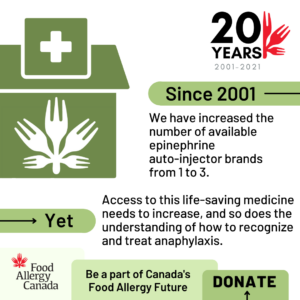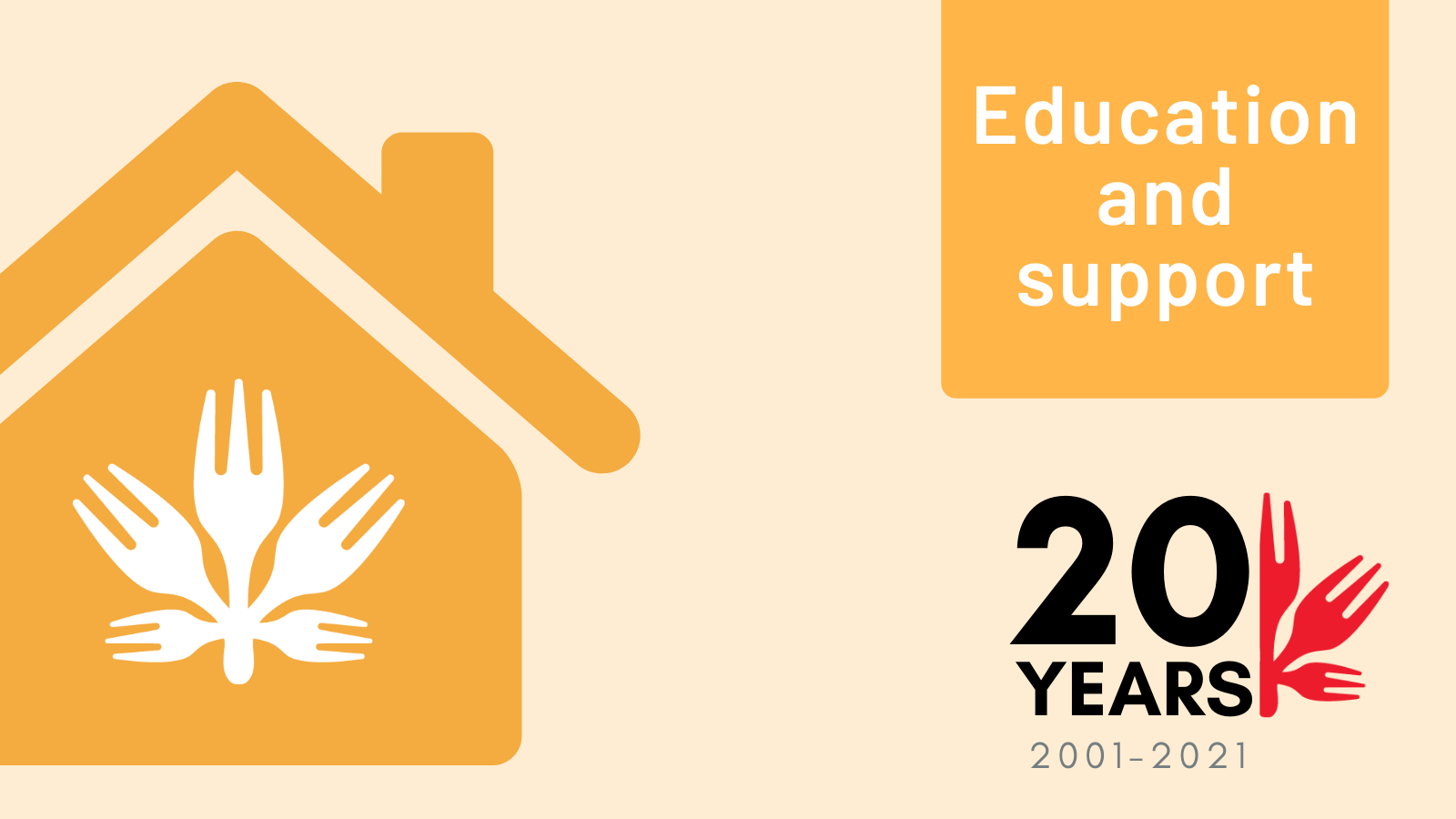Less than 50% of individuals with food allergy have an epinephrine auto-injector. Being prepared with epinephrine auto-injectors is paramount, yet there have been challenges with consistent access to these devices.
Pre-hospital use of epinephrine is low:
- EMS usage of epinephrine to treat anaphylaxis in Canada is only 36%
- Only 21% of children and 7% of adults globally use their auto-injector prior to going to the hospital
Anaphylaxis management issues:
- 25% of first-time reactions occur at school/daycares
- Children who did not receive prompt administration of epinephrine were more than 2x more likely to be admitted to the hospital




